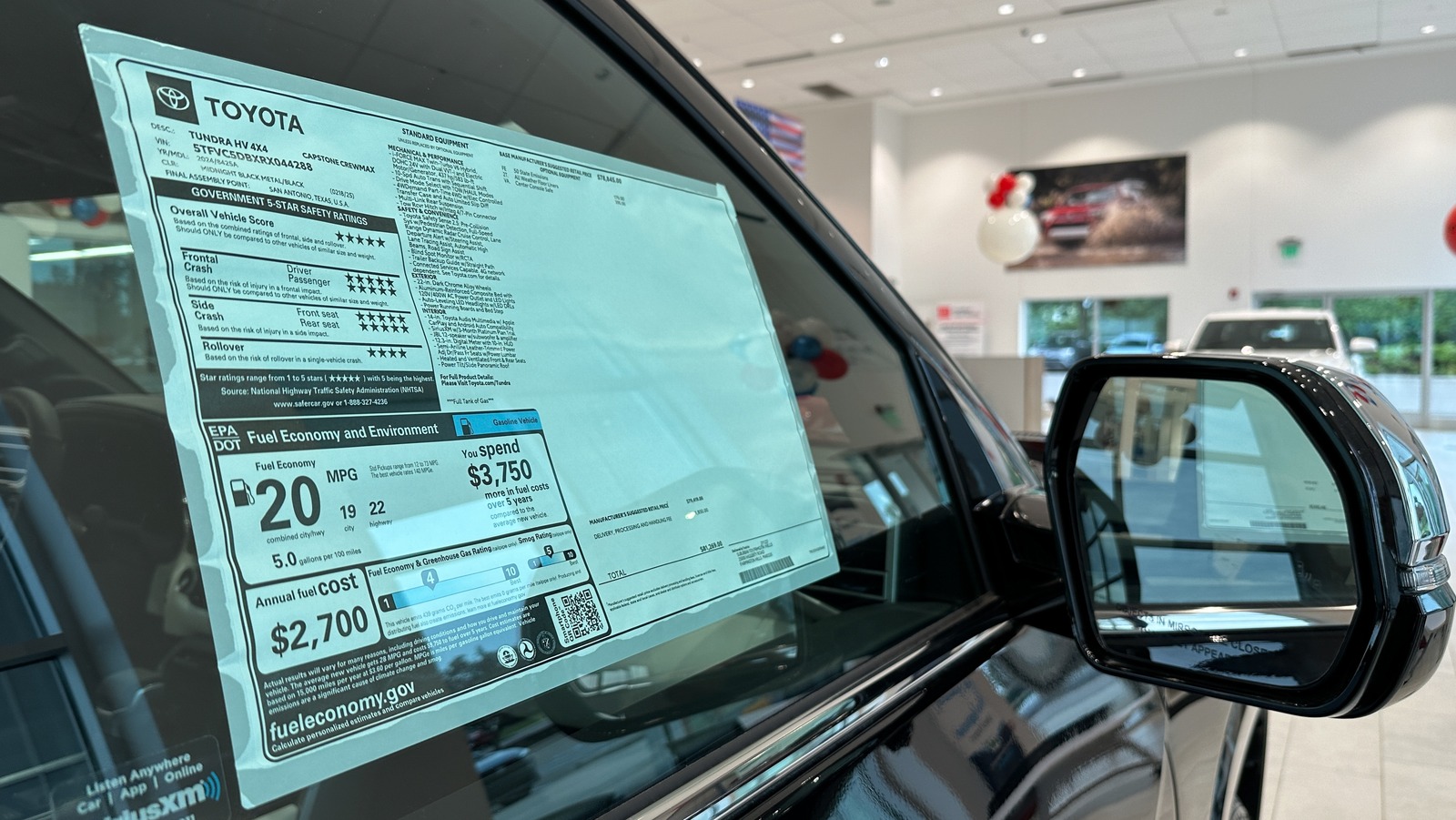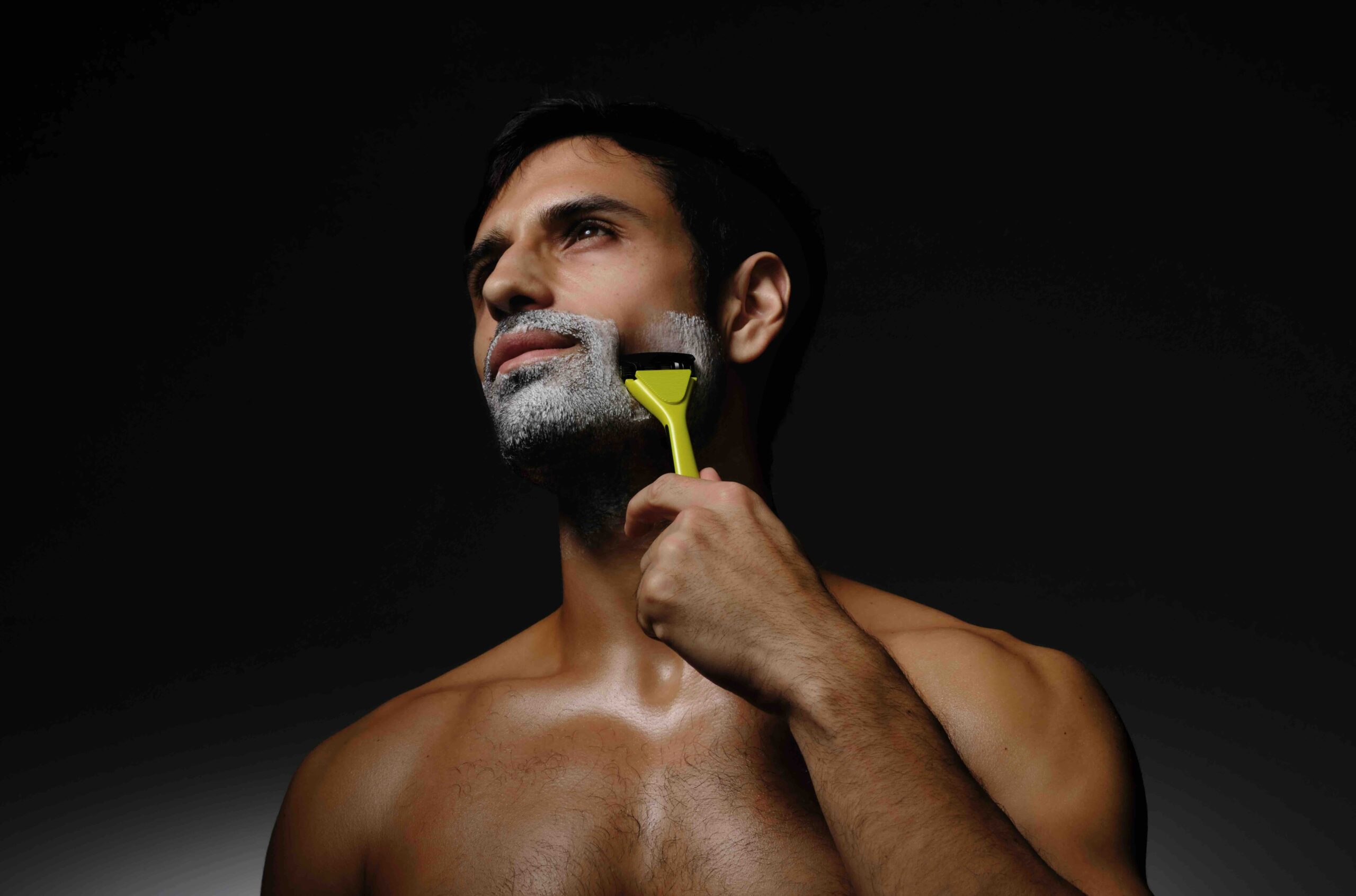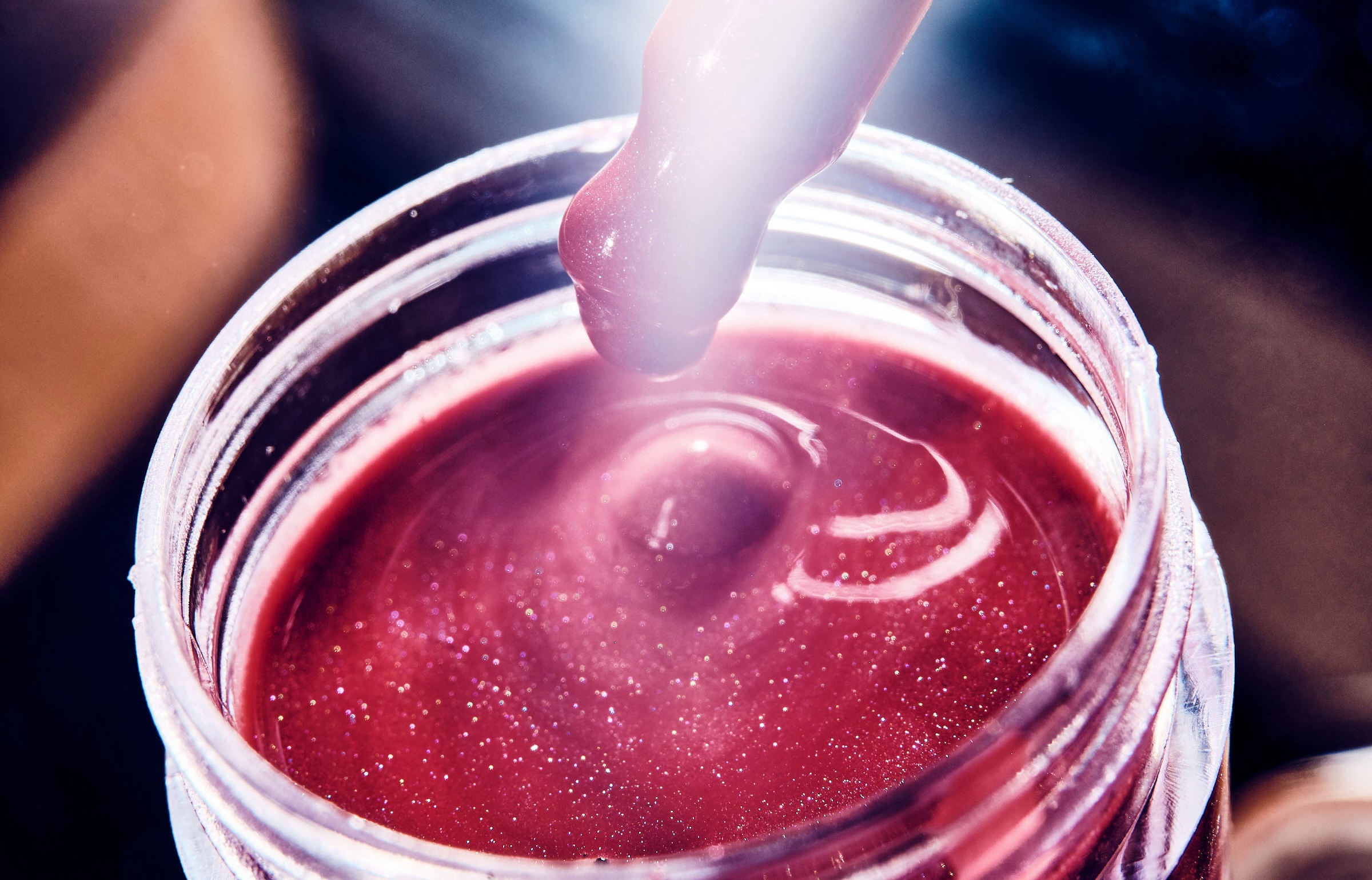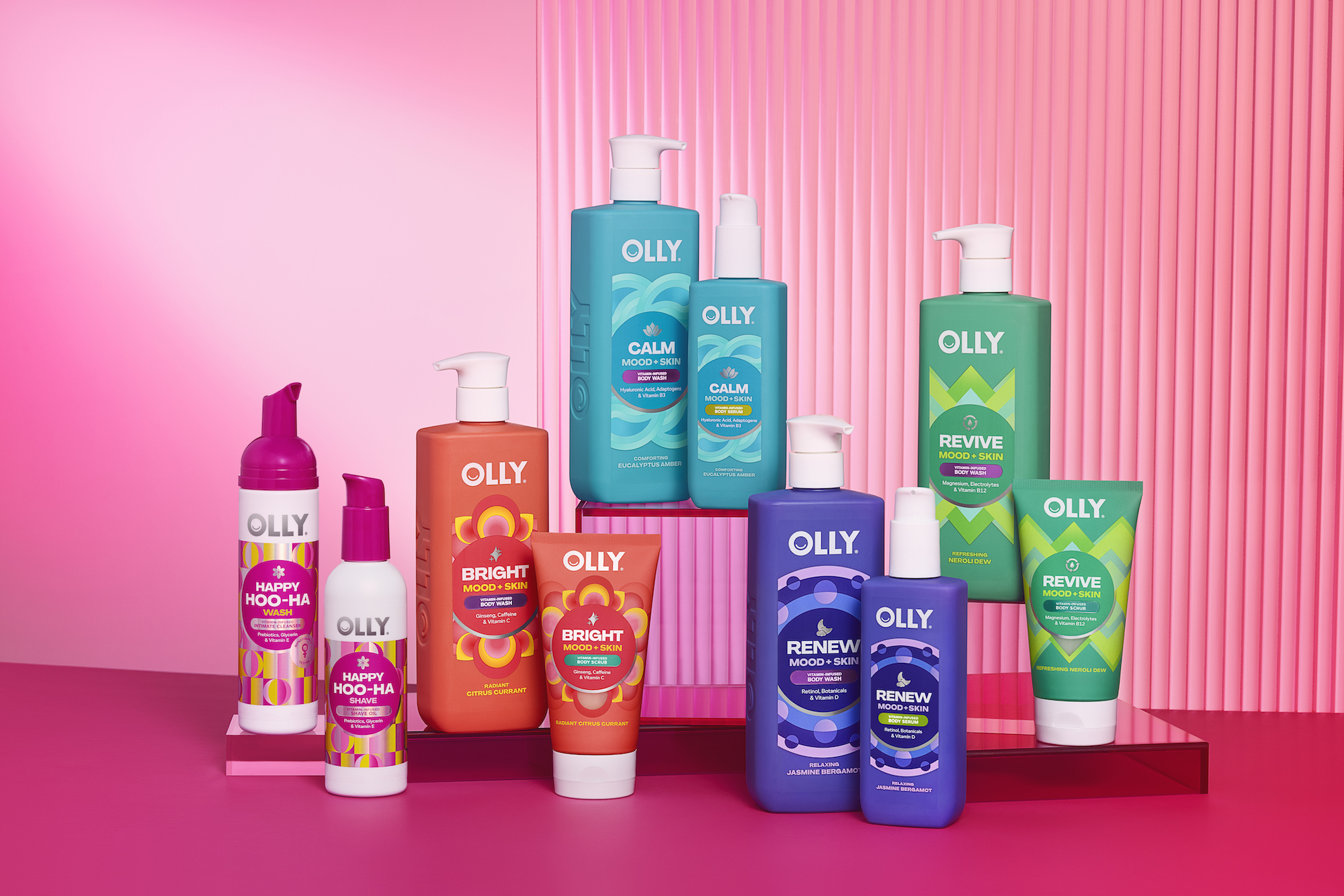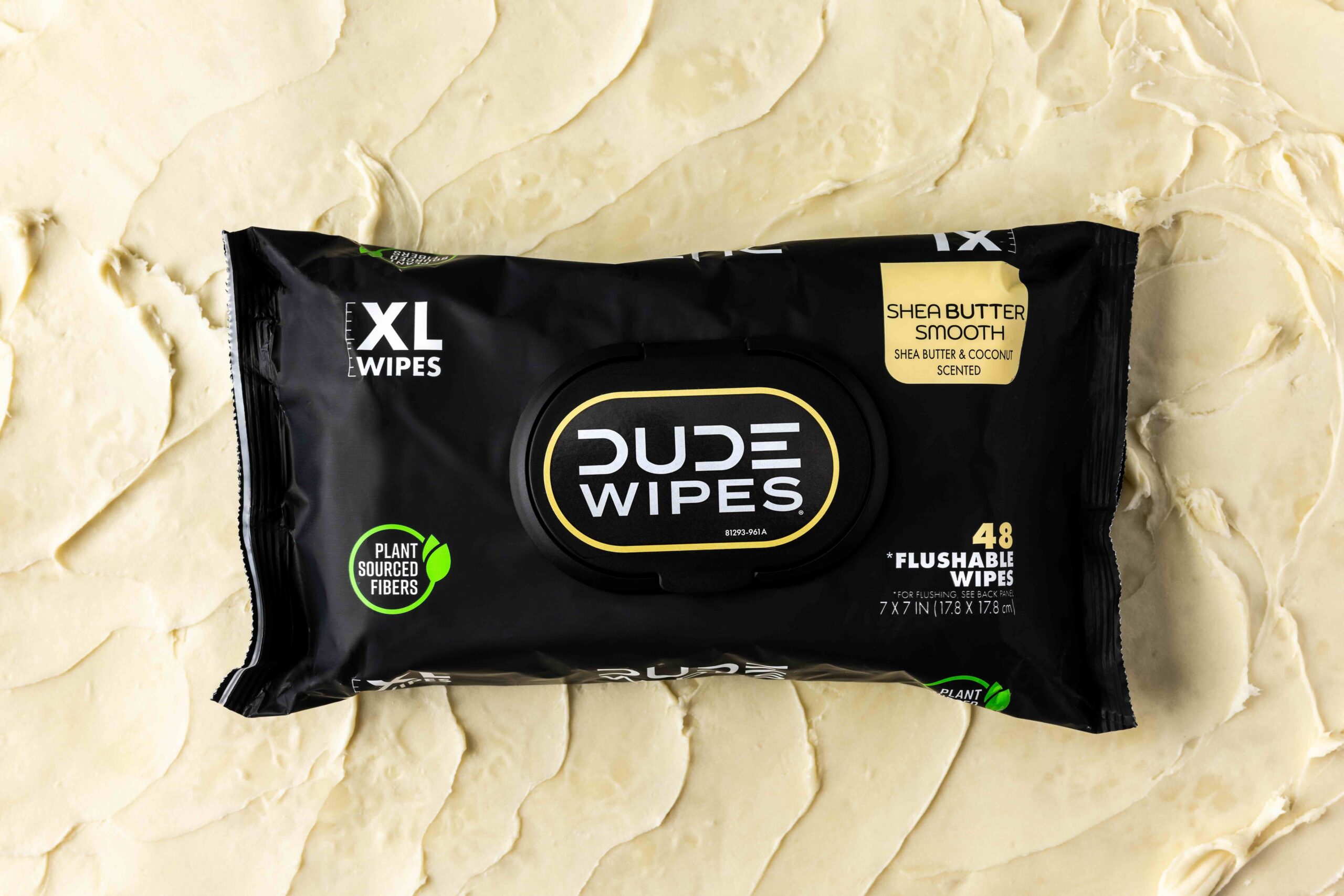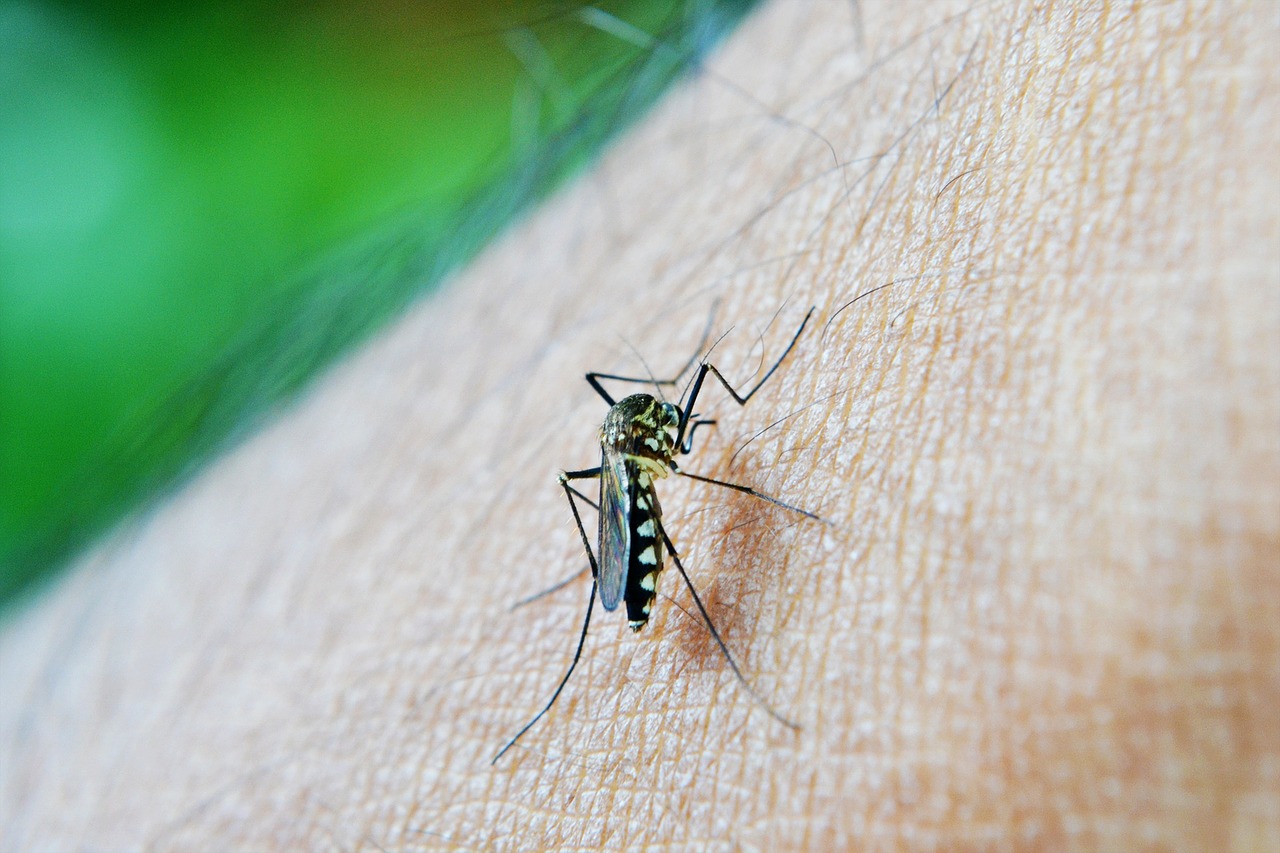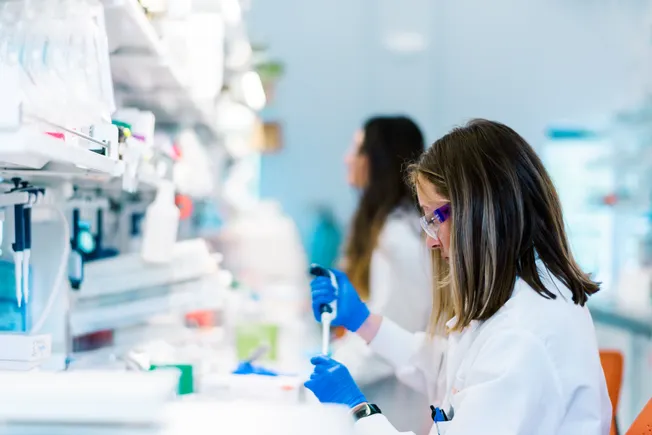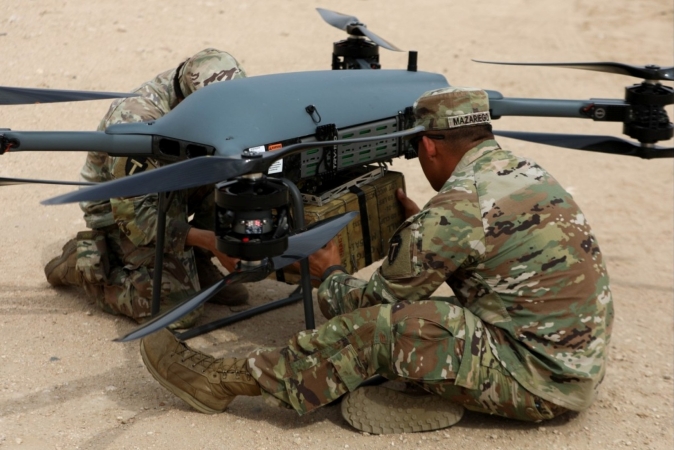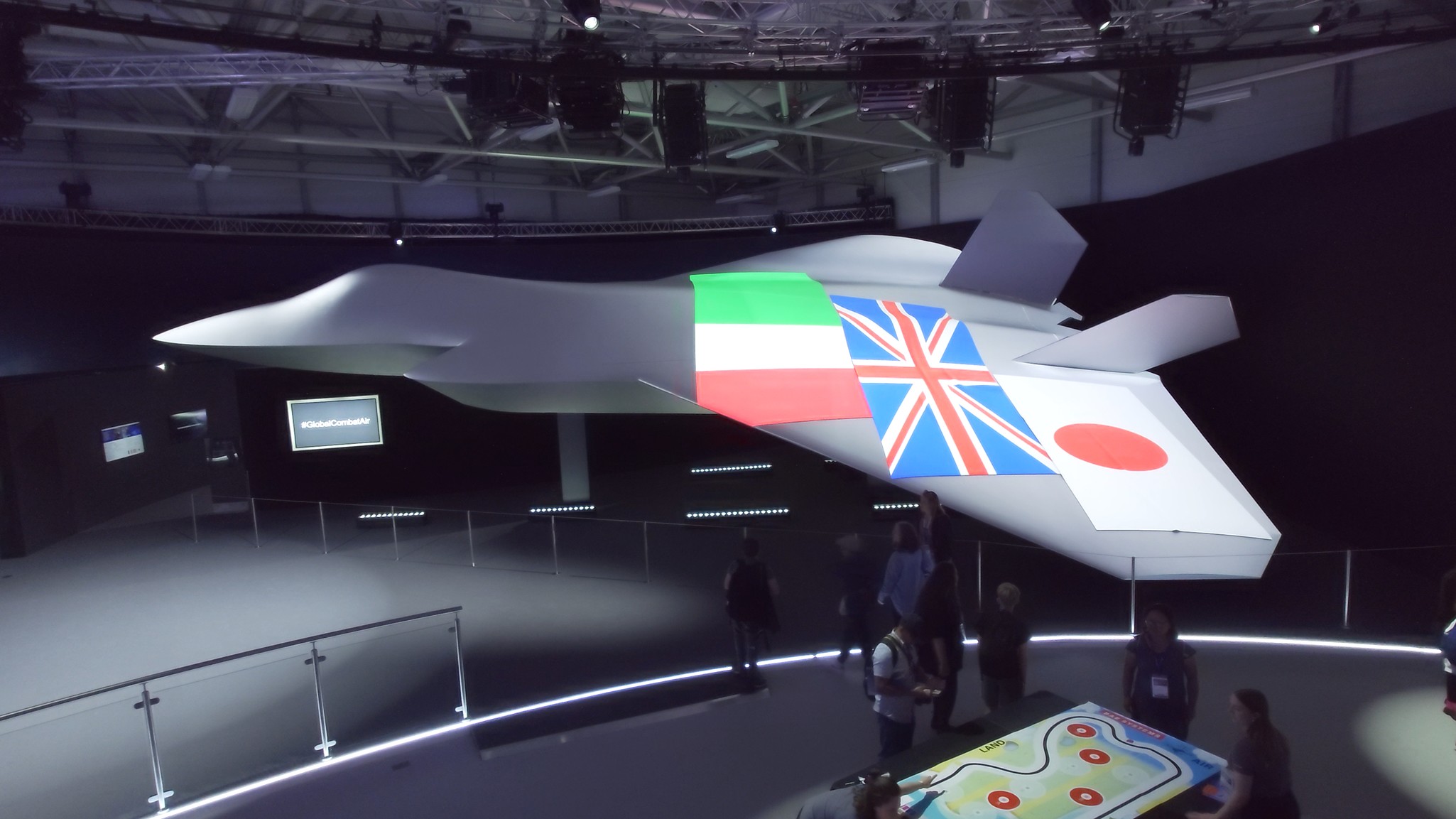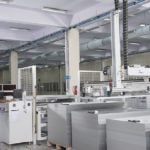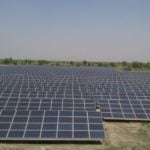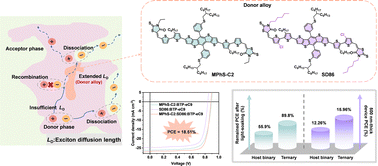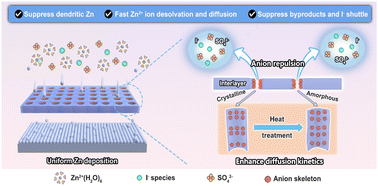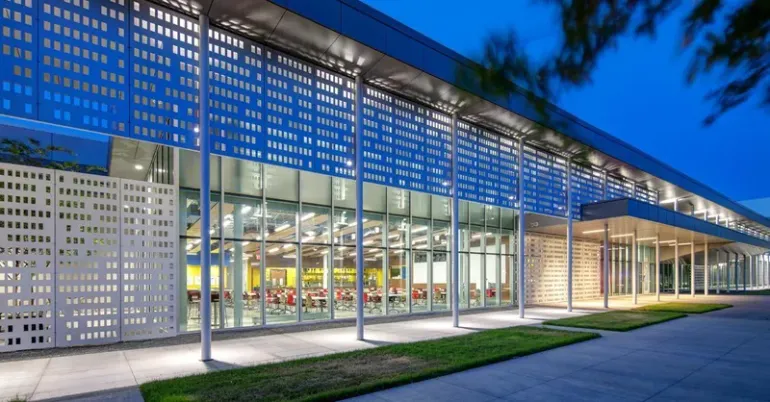An Antibacterial and Anti‐Inflammatory Hemostatic Adhesive with Dual Zn2+ and NO Release for the Neurovascular Electrostimulation of Infected Diabetic Wounds
Advanced Healthcare Materials, EarlyView.

Herein, a conductive adhesive capable of the intelligent release of Zn2+ and NO is developed for treating infected diabetic wounds by electrostimulation. The hydrogel scaffold is made of Arg-CSMA crosslinked with Ga-GelMA and is loaded with Zn-containing laponite nanodisks. The dressing concurrently kills MRSA, scavenges ROS, quenches inflammation, and stimulates skin tissue regeneration, blood vessel formation, and innervation.
Abstract
Diabetic wounds are difficult to heal because chronic infection, reactive oxygen species (ROS) in excess, and persistent inflammation repeatedly damage skin structures including blood vessels and nerves. Efficacious dressings developed for treating diabetic wounds should address these issues concurrently. Here, a multifunctional hydrogel adhesive system made by photocrosslinking arginine-functionalized methacrylated chitosan with gallic-acid-functionalized gelatin methacryloyl is reported. The resulting scaffold (ACGG) is loaded with a laponite delivery system gorged with Zn2+ (Zn@LAP; ZL). Because of the synergy between its components, the complete hydrogel, ACGG-ZL, is robust, flexible, adhesive, biodegradable, and conductive, which is an essential feature for skin wound treatment via electrostimulation (ES). Most importantly, ACGG-ZL released in an intelligent manner two bioactive molecules upon exposure to ROS: antibacterial, antioxidative, and anti-inflammatory NO and Zn2+. In vitro assays indicates that ACGG-ZL eliminates pathogens, including MRSA, and promotes the proliferation of fibroblasts, endothelial cells, and neuronal precursors, which are all involved in skin tissue remodeling. When combined with ES, hemostatic ACGG-ZL accelerated significantly infected skin wound healing in a diabetic animal model by clearing pathogens, quenching inflammation, stimulating fibroblasts, and promoting neurovascular tissue regeneration. Overall, ACGG-ZL with ES provides a multifunctional, efficacious approach for the treatment of complex diabetic injuries.










